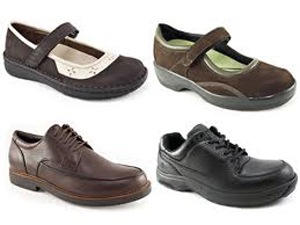
Fat Burning Workout
Everyone today turns to diets in order to lose weight. Similarly the other easy way to lose weight would be to burn these calories! And the best way to do that is with the use of an exercise program. Whether you decide to choose to buy one of the many different exercising machines in the market or choose to try out certain fitness work out programs, the choice is all yours.
One great option would be for you to join a gym. This has several advantages. While being able to try out different exercise machines that will help your body in different ways, you would also have a trainer to guide you. Having a fitness trainer really helps, as he/she would help you keep to your work out routines, and you will be better disciplined with someone watching over you.
You would need to burn more calories than the amount of calories that you take in. The best fat burning workouts will achieve this easily. It would take you a lot of energy and effort to see good results.
When it comes to fat burning workouts, there are different options for both males and females. This is because our bodies are structured differently, and what would work for a man may not always work for a female body. You could also choose to burn the fat in just certain places of your body, by choosing fat burning workouts that deal with those particular areas.
Fat burning workouts can also be found on video, if you are unable to visit a gym regularly. These videos will help you burn fat and lose weight with the help of a professional instructor who will guide you the work out session. Whether you decide to use a treadmill or go for a jog outside, cardio workouts have also been known to give great results. All you would need is 30 minutes in a day to have a good proper workout. Do not start off with high intensity fat burning workouts as your body may not be used to it just yet.
The key to seeing good results from these fat burning workouts is to be consistent at it. You cannot expect to be involved in fat burning workouts for just a week and then discontinue them as they are a long term process. You must also keep an eye on your calorie intake. You must eat healthy. Exercising alone will never be as effective as combining it with a healthy well balanced diet.
* * * * * * * * * *
As we get older high energy fat burning workouts might not seem quite as appealing as they do to the younger generations, but we can still make them work for us, but with less high energy and impact. Walking is very good, but if you considered power walking for thirty minutes just three days a week, it will really improve your overall fitness and help you lose more weight. Can you remember back to those heady days of youth when skipping was a regular pastime; well this would be a good exercise to take up again, as you can go at your own pace and gradually build up your heart rate. Another very good workout is swimming, as it uses all your muscle groups, and again you can go at your own pace. The important thing is to keep at it, vary what you do so you don’t get bored, and enjoy yourself, don’t make it a task, because at the end of the day it is helping you achieve your goal of better health and weight loss, without the need of high energy fat burning workouts.





